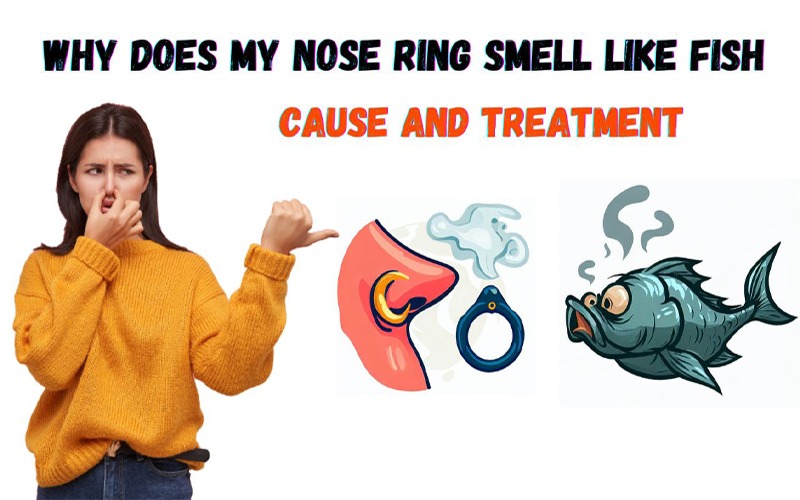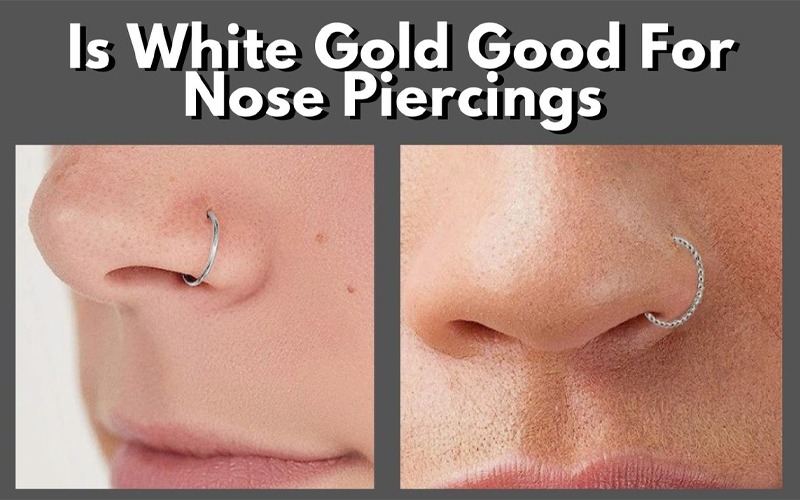Medusa piercing is a type of facial piercing that has gained popularity in recent years. It is a piercing that is located in the center of the upper lip, just below the septum of the nose. The name “medusa” comes from the Greek mythological creature, Medusa, who had snakes for hair and was said to turn people to stone with her gaze.
The medusa piercing is a type of lip piercing that is often chosen for its unique and edgy look. It is typically done with a small gauge needle. A piece of jewelry, such as a stud or a ring, is inserted into the piercing. While it may look intimidating, the actual piercing process is relatively quick and painless. However, like any piercing, it does require proper aftercare to prevent infection and promote healing.
What Is a Medusa Piercing?
A medusa piercing is a type of lip piercing that is located directly above the upper lip, in the center of the philtrum. It is also known as a philtrum piercing. This piercing is typically done with a small, straight barbell that is inserted through the philtrum to create a unique and stylish look.
Medusa piercings are becoming increasingly popular among those who are looking for a more unique and edgy style. This piercing can be done on both men and women, and can be customized with different types of jewelry to suit individual preferences.
The procedure for a medusa piercing is relatively simple and quick. However, it is important to choose a reputable piercing studio and a skilled piercer to ensure that the piercing is done safely and correctly. The piercer will first clean and mark the area, and then use a needle to create a small hole in the center of the philtrum. The jewelry is then inserted through the hole and secured in place.
Like any piercing, there is a risk of infection and other complications with a medusa piercing. It is important to follow proper aftercare instructions and keep the area clean to minimize the risk of infection. If you experience any pain, swelling, or other issues, it is important to seek medical attention immediately.
Procedure and Pain Level
Pre-Piercing Consultation
Before getting a medusa piercing, you need to have a consultation with a professional piercer. During this consultation, the piercer will discuss the procedure, the risks, and the aftercare instructions. The piercer will also examine your lip to ensure that it is suitable for the piercing. You may be asked to sign a consent form before the piercing.
Piercing Process
The medusa piercing is a type of lip piercing that goes through the philtrum, the small groove between the upper lip and the nose. The piercer will mark the spot where the piercing will go and then use a sterilized needle to create a hole. After the needle has been removed, the piercer will insert a piece of jewelry, usually a labret stud, into the hole. The entire process typically takes less than 10 minutes.
Pain and Aftercare
Like any piercing, the medusa piercing can be painful, but the pain level varies from person to person. Some people describe the pain as a pinch or a sting, while others find it more intense. After the piercing, the area may be swollen, tender, and bruised for a few days. It is important to follow the aftercare instructions provided by the piercer to prevent infection and promote healing. These instructions may include cleaning the piercing with saline solution, avoiding certain foods and drinks, and avoiding oral contact for a period of time.
Healing and Maintenance
Initial Healing Phase
After getting a medusa piercing, the initial healing phase is crucial for proper healing. The healing process can take anywhere from 6-12 weeks, depending on individual factors such as age, health, and aftercare. During this time, it is important to follow a strict aftercare routine to prevent infection and promote healing.
To ensure proper healing, it is recommended to clean the piercing twice a day with a saline solution. This can be done by soaking a cotton ball or swab in the solution and gently cleaning the area around the piercing. It is important to avoid touching the piercing with dirty hands or clothing, as this can introduce bacteria and slow down the healing process.
It is also recommended to avoid swimming, hot tubs, and other bodies of water during the initial healing phase, as they can introduce bacteria and irritate the piercing. Additionally, you should avoid any oral contact with the piercing, including kissing or oral sex, as this can introduce bacteria and prolong the healing process.
Long-Term Care
After the initial healing phase, you need to continue proper aftercare to maintain the health of the piercing. This includes cleaning the piercing regularly with a saline solution and avoiding any oral contact with the piercing.
It is also recommended to avoid wearing tight clothing or jewelry that may irritate the piercing. If any irritation or discomfort occurs, you should seek advice from a professional piercer or healthcare provider.
Regular check-ups with a piercer or healthcare provider can also help ensure the health of the piercing. They can provide advice on aftercare and identify any potential issues before they become a problem.
Jewelry Options
Initial Jewelry
When getting a Medusa piercing, it is important to choose the right initial jewelry. The most common jewelry options for this type of piercing are labret studs and rings. Labret studs are straight posts with a flat disc on one end and a decorative ball on the other, while rings are circular and come in various sizes and thicknesses.
It is recommended to choose a labret stud for the initial jewelry as it provides more stability and reduces the risk of irritation and injury. The disc on the back of the stud also prevents it from sinking into the skin. The size of the labret stud will depend on the thickness of the lip and the desired look.
Jewelry Materials
The material of the jewelry is also an important consideration. It is recommended to choose a hypoallergenic material such as titanium, surgical steel, or 14k gold to reduce the risk of allergic reactions and infections. Avoid using materials such as nickel or brass as they can cause allergic reactions and irritations.
For those who prefer a more unique look, there are also jewelry options made from materials such as acrylic, bone, and wood. However, these materials are not recommended for initial jewelry as they can harbor bacteria and cause infections.
Changing Jewelry
After the initial healing period, which is typically 6-8 weeks, it is safe to change the jewelry. It is recommended to choose jewelry that is the same size and material as the initial jewelry to minimize the risk of irritation and injury.
When changing the jewelry, make sure to clean the new jewelry and the piercing thoroughly with saline solution or an antiseptic solution. It is also recommended to wash your hands before handling the jewelry to prevent the spread of bacteria.
Potential Risks and Complications
Medusa piercing is a popular type of lip piercing that involves perforating the philtrum, the small groove between the upper lip and the nose. While it is a relatively safe procedure when performed by a professional piercer, there are some potential risks and complications that individuals should be aware of before getting this type of piercing.
Infection Control
One of the most significant risks associated with medusa piercing is the potential for infection. The mouth is home to a variety of bacteria, and piercing the lip can introduce harmful pathogens into the body. It is crucial to follow proper aftercare procedures, including cleaning the piercing regularly with a saline solution and avoiding touching it with dirty hands.
Rejection and Migration
Another potential complication of medusa piercing is rejection or migration. This occurs when the body sees the piercing as a foreign object and begins to push it out. Signs of rejection include redness, swelling, and a visible bump around the piercing. If you notice these symptoms, it is essential to seek the advice of a professional piercer or medical professional.
Dental and Gum Health
Medusa piercing can also have an impact on dental and gum health. The jewelry can rub against the teeth and gums, causing damage over time.
It is crucial to choose jewelry that fits properly and does not put excessive pressure on the surrounding tissues.
Additionally, individuals with medusa piercings should be extra diligent about maintaining good oral hygiene to prevent infections and other complications.
Overall, while medusa piercing can be a beautiful and unique addition to one’s appearance, it is essential to be aware of the potential risks and complications.
By following proper aftercare procedures and choosing a reputable piercer, individuals can minimize the chances of experiencing any adverse effects.





